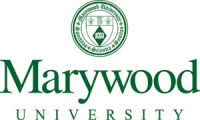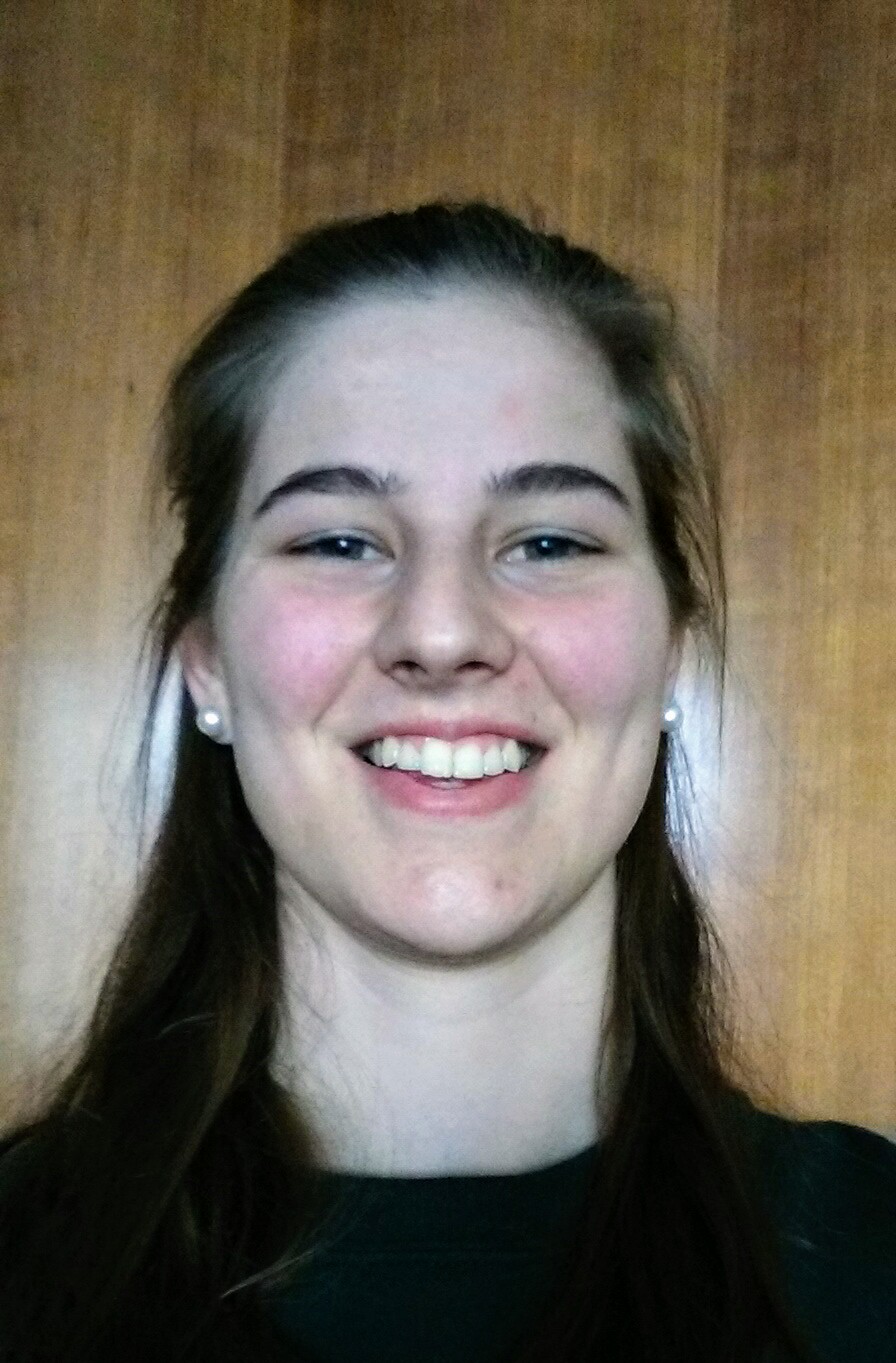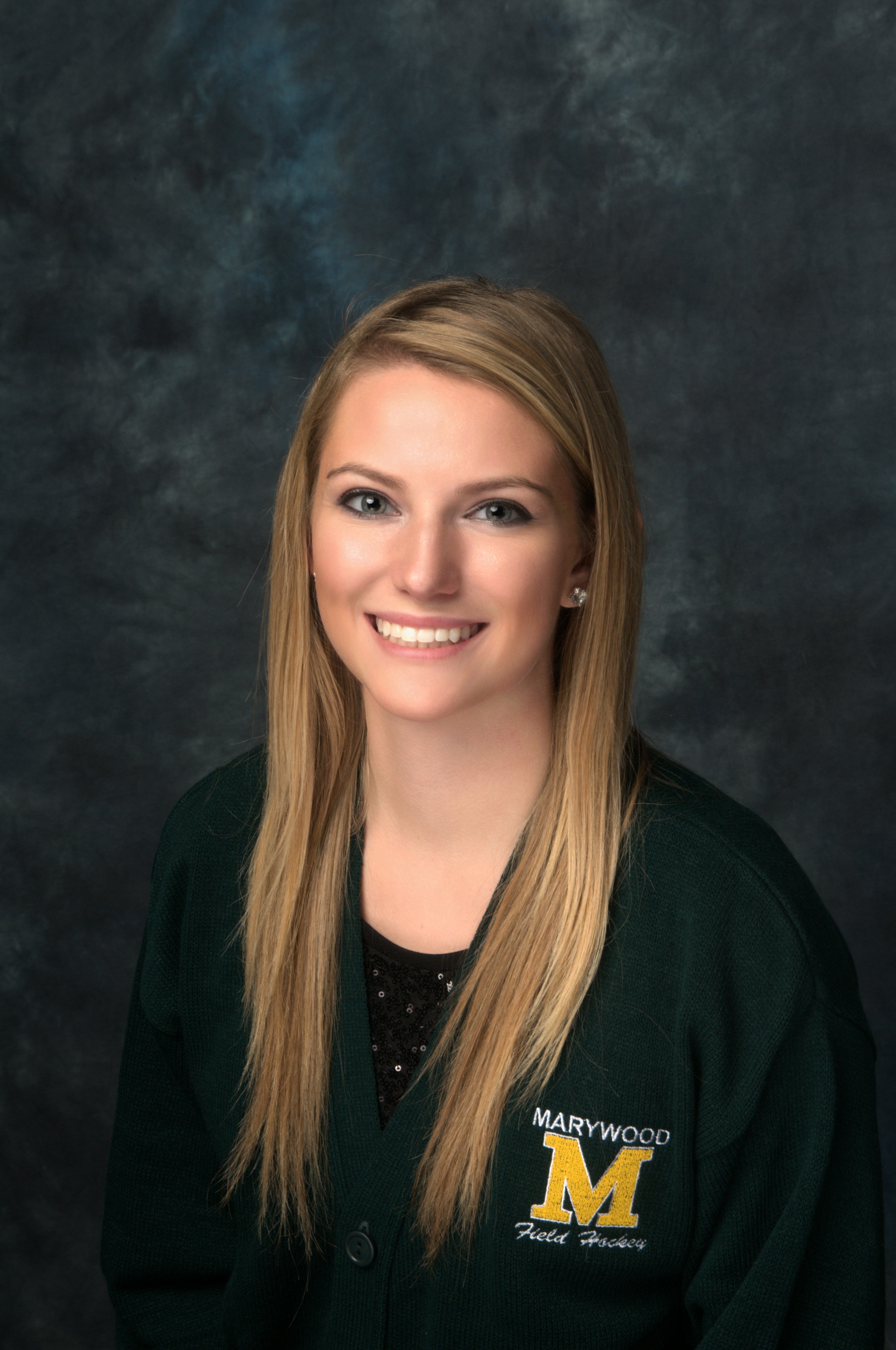Below is a summary of the abstract you submitted. Presenting author(s) is shown in bold.
If any changes need to be made, you can modify the abstract or change the authors.
You can also download a .docx version of this abstract.
If there are any problems, please email Dan at dar78@pitt.edu and he'll take care of them!
This abstract was last modified on May 8, 2017 at 12:56 p.m..

The World Health Organization in 2014 estimated that by 2020 most, if not all, antibiotics currently prescribed will no longer be effective, therefore, a new method of treatment must be created and prepared before this issue arises. Bacteriophages, viruses that kill bacteria, may be used as an important aspect of these new treatments. The Science Education Alliance - Phage Hunters Advancing Genomics and Evolutionary Science (SEA-PHAGES) is a national project that encourages undergraduates to research mycobacteriophages, with the goal of using them as a treatment or cure for bacterial infections, such as Tuberculosis, while also exposing students to the process of field research. The specific bacteria used in the lab at Marywood University was Mycobacterium smegmatis, also known as Smeg, which is closely related to Mycobacterium tuberculosis. During a two-semester course consisting of a wet lab and a bioinformatics lab, student researchers collected soil samples to extract phage and characterize it. Students performed enriched isolation, plaque assays, spot assays, serial dilutions, DNA isolations, and restriction digests. Within the SEA-PHAGES program at Marywood University, two phages, Faze9 and Roy17, were discovered, amplified, and sequenced. Faze9 belongs to the B2 subcluster and contains 67,503 base pairs initially predicted as 91 genes that were trimmed to 88 genes. Roy17 is a B1 subcluster with 104 initially predicted genes and 68,056 base pairs, of which 98 genes are found in the finished annotation. Per the TEM performed at Drexel University, Roy17 has a 162.5nm tail and a 31.25nm head, while Faze9 has a 373 nm tail and a 83 nm head. Faze9 has a 68.9% GC content, while Roy17 has a GC content of 66.6%.


